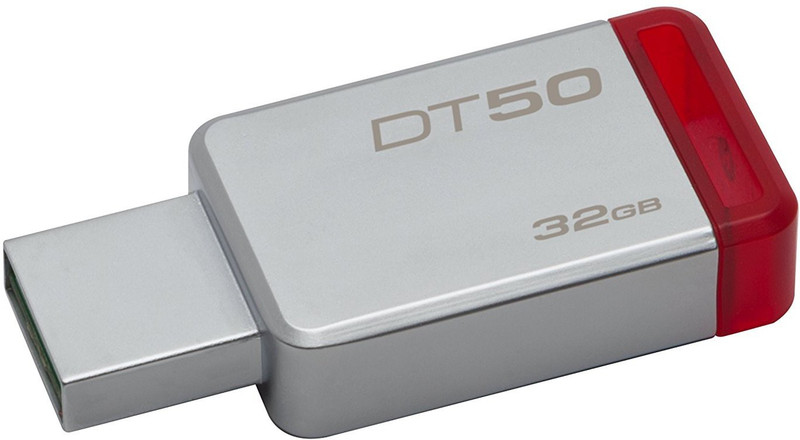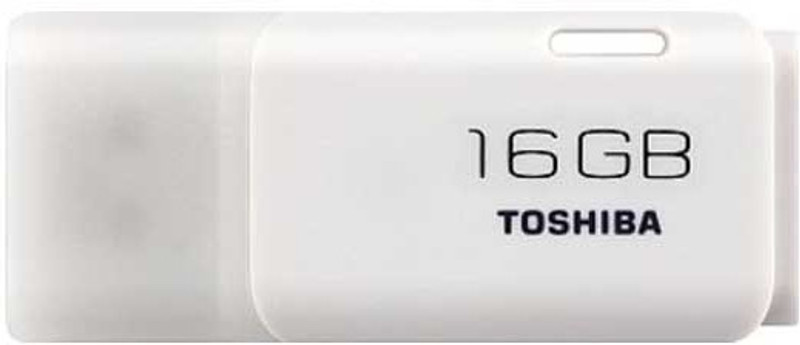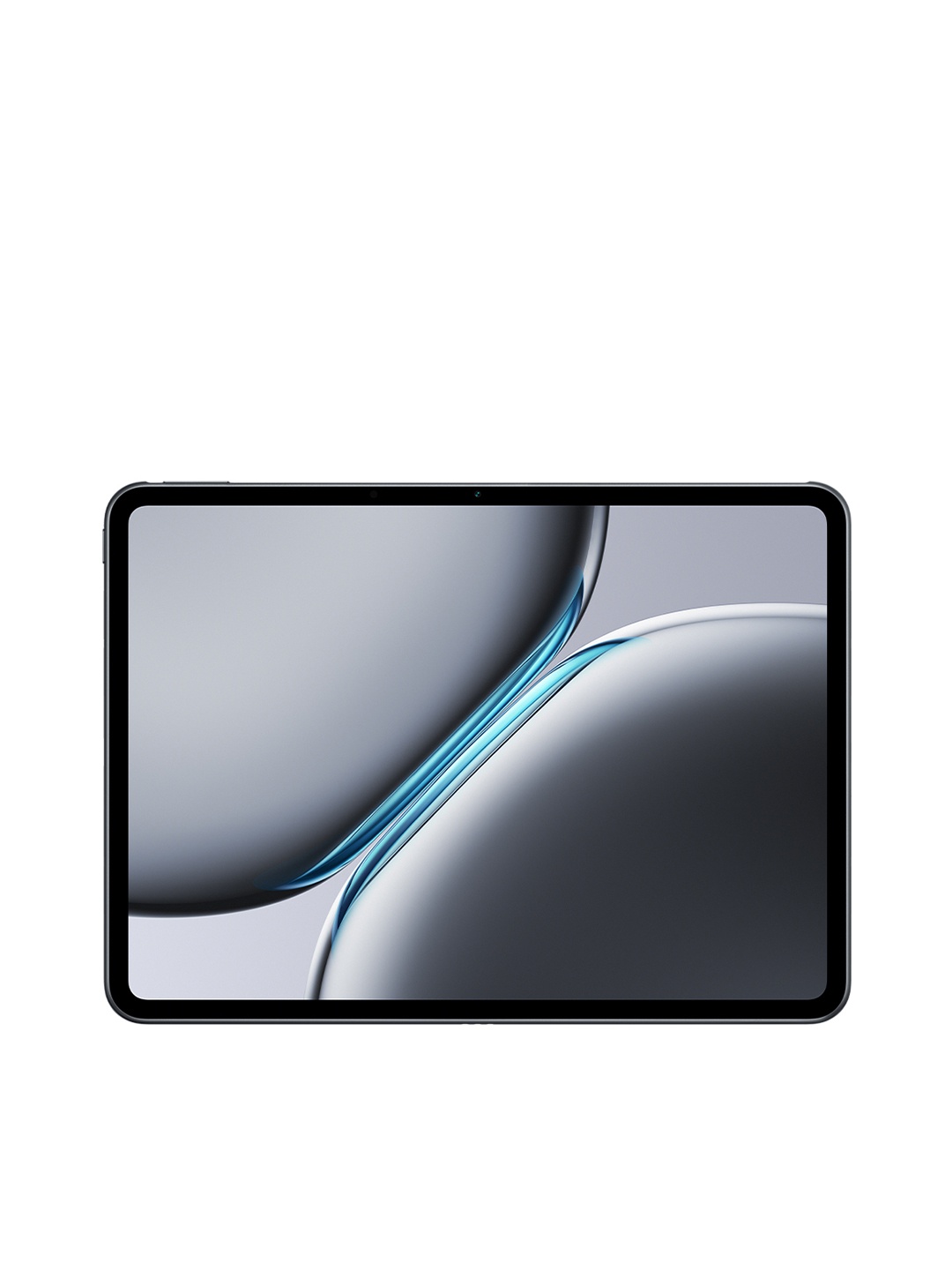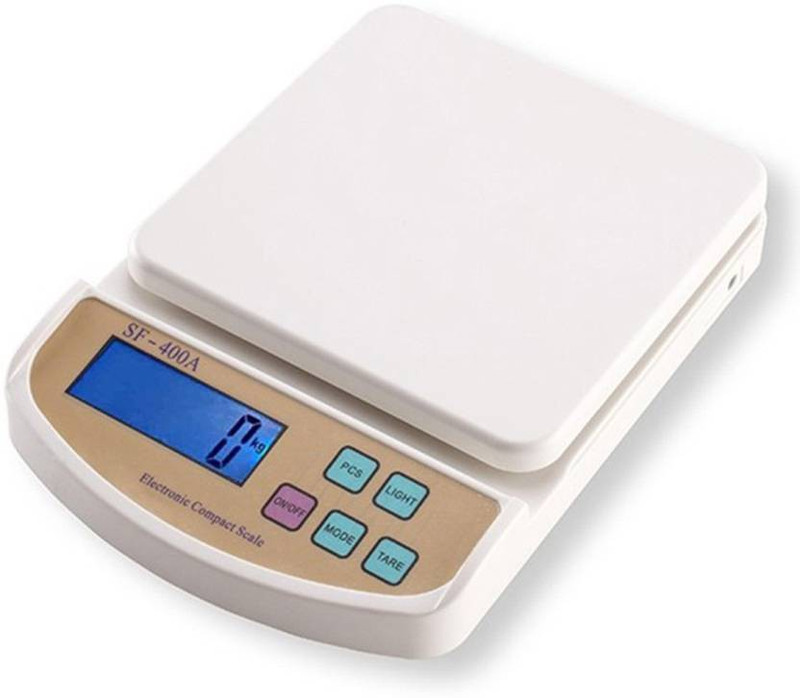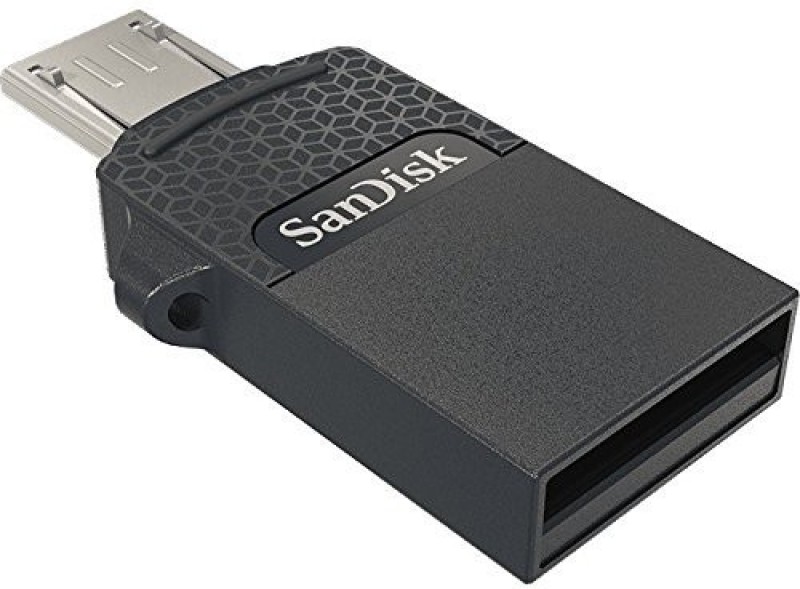The Right Way To Use A Steam Iron: Most People Do It Wrong

There's nothing quite like the crispness of a freshly ironed shirt or the sharp pleat of well-pressed trousers. Yet, for something so routine, ironing remains an art that many haven't mastered. It's not just about pressing a hot plate against fabric; it's about understanding heat, steam, fabric type, and technique.
Ever found yourself battling a crease that just won't budge? Or worse, have you ever scorched your favourite outfit? These mistakes are common because most people don't realise that a steam iron requires more than just guesswork. Used properly, it can turn a pile of crumpled clothes into a polished wardrobe with minimal effort. Let's uncover the right way to use a steam iron, because, believe it or not, there's a lot more to it than meets the eye.
1. Choose The Right Iron And Water Type
Not all steam irons are created equal. A good one should have adjustable heat settings, a strong steam output, and a soleplate that glides effortlessly over the fabric. While budget irons may get the job done, investing in a high-quality model can make ironing faster and more effective.
Water quality also matters. Tap water contains minerals that can build up inside the iron, leading to limescale deposits and clogged steam vents. If your iron starts sputtering or leaving water marks, hard water could be the culprit. Many modern steam irons are designed to handle tap water, but if yours isn't, consider using distilled or demineralised water to prolong its lifespan. Some irons even come with self-cleaning features to combat mineral build-up, so if you're in the market for a new one, that's a feature worth considering.
2. Always Check Fabric Labels
Ever melted a delicate blouse or made a silk dress look shiny? That's the result of ironing without checking the fabric label. Every piece of clothing has care instructions, and ignoring them is a fast track to fabric disaster.
Ironing at the wrong temperature can weaken fibres, cause burns, or create unsightly shine marks. Fabrics like polyester and nylon require lower temperatures, while cotton and linen can handle high heat. Wool should be ironed with steam but at a lower setting, preferably with a pressing cloth to avoid damage.
One simple trick? Start with the lowest heat setting and increase gradually. If you're unsure, do a patch test on an inconspicuous area before ironing the entire garment. This small habit can save you from an expensive mistake.
3. Preheat Your Iron And Let The Steam Build Up
Patience is key. Many people plug in their steam iron and start pressing away before it has fully heated up. This not only reduces efficiency but can also lead to water spots on clothing.
A good rule of thumb is to wait until the indicator light signals that the iron has reached the desired temperature. Give it another 30 seconds to ensure that the steam is fully ready. Some irons even have an audible beep when they're at peak performance, take advantage of that feature.
Using a cold iron is like cooking on a half-heated pan; it won't give the best results. Preheating properly ensures that steam is released evenly, making ironing smoother and reducing the number of passes needed to remove wrinkles.
4. Iron Clothes In The Right Order
Ever noticed how some fabrics seem to wrinkle again right after you iron them? That's often because of ironing in the wrong order.
Start with delicate fabrics like silk and synthetics in a low-heat setting. Once they're done, move to medium-heat fabrics like wool. Finally, crank up the heat for cotton and linen, which need higher temperatures to get crisp results.
This approach prevents temperature shock and avoids having to constantly adjust settings, which can waste time. Another clever trick? If you're ironing a large pile, begin with items that need the lowest heat and work your way up. That way, you won't have to wait for the iron to cool down between fabrics.
5. Use Steam Wisely, Don't Just Blast It Everywhere
Steam is a lifesaver, but using too much or too little can be counterproductive. A common mistake is holding the steam button down constantly, which can drench clothes and leave watermarks. On the flip side, not using enough steam can make it harder to remove deep wrinkles.
The best approach? Use short bursts of steam for stubborn creases and let the iron's weight do the work. For particularly stubborn wrinkles, hover the iron slightly above the fabric and let the steam loosen the fibres before pressing down. This is especially useful for heavy fabrics like linen, which can be resistant to traditional ironing.
Another trick is to iron slightly damp clothes, moisture helps relax fibres and makes ironing far easier. If your laundry has dried too much, lightly mist the fabric with a spray bottle before ironing.
6. Master The Right Ironing Motion
Ironing isn't just about pressing down hard and moving the iron back and forth. The right technique makes a huge difference.
Many people make the mistake of using short, rapid movements, which can stretch the fabric and create new wrinkles. Instead, use slow, steady strokes in one direction, usually following the grain of the fabric. Avoid circular motions, as these can distort delicate materials.
When dealing with pleats or intricate details, don't drag the iron over them, press gently and lift instead. If ironing shirts, start with the collar, then move to the cuffs, sleeves, and finally the main body. This systematic approach prevents re-wrinkling areas you've already smoothed out.
7. Store Your Iron Properly To Avoid Damage
A good steam iron is an investment, and taking care of it ensures it lasts for years. Many people forget to empty the water tank after each use, but leaving water inside can cause mineral build-up and rust over time.
Once you're done ironing, turn off the iron, unplug it, and let it cool down completely. Store it upright to prevent leaks, and if possible, keep it in a dry place to avoid moisture damage. If your iron has a self-cleaning function, use it regularly to flush out mineral deposits.
For extra longevity, clean the soleplate occasionally with a damp cloth and mild detergent. A dirty soleplate can transfer stains onto fabric, making ironing more of a headache than it needs to be.
8. Know When To Use An Ironing Board Vs Alternatives
An ironing board is the best surface for pressing clothes, but in a pinch, alternatives can work too. A thick towel over a sturdy table or even a clean floor can substitute if you don't have an ironing board handy. Just ensure the surface is heat-resistant and won't transfer textures onto your clothes.
For delicate fabrics that shouldn't be directly ironed, a steamer can be a great alternative. Steamers work well for refreshing clothes, removing odours, and handling tricky fabrics like chiffon and velvet.
Travel irons and handheld steamers are also handy for on-the-go touch-ups, making them great investments for frequent travellers. Knowing when to use different tools can make ironing less of a chore and more of a smooth, efficient process.
Explore Products Related To This Article
1. PHILIPS DST0820/20 1250 W Steam Iron
2. HAVELLS by HAVELLS GHGSIAKR140 1400 W Steam Iron
3. Morphy Richards Glide Steam Iron 1250 W Steam Iron
4. Morphy Richards by Morphy Richards Ultra Glide 1600 W Steam Iron
5. AGARO Imperial Steam Iron, Ceramic Coated Sole Plate, Fast Heating 2200 W Steam Iron
6. Morphy Richards by BAJAJ ELECTRICALS LIMITED TURBO STEAM 500078 2200 W Steam Iron
7. PHILIPS by PHILIPS DST 5030 2400 W Steam Iron
Ironing isn't just about heat and pressure, it's about technique, timing, and understanding your tools. Most people make common mistakes without realising, but with the right approach, you can turn ironing into a quick and effective process rather than a frustrating task. From using the correct water to ironing in the right order, small changes make a world of difference. Master these tips, and you'll never have to struggle with creased shirts or accidental fabric damage again. After all, well-ironed clothes don't just look good, they make a statement. So next time you pick up your steam iron, do it the right way.
Disclaimer: The images used in this article are for illustration purpose only. They may not be an exact representation of the products, categories and brands listed in this article.
















